Time4Learning is an online program for students in grades Preschool through 12th grade. This article is about the 4th grade program, and the Crew is reviewing the K-8 program. The 9-12 portion is only a few weeks old, but I wanted to mention it exists for those with older students.
Do you have a big cup of coffee? Maybe a snack? You're going to need it to get through this review. This program is huge y'all. Like "I'm from New Jersey and still saying 'Y'all' 'cause it's bigger than Texas!" huge. Here we go!
Scope and Sequence
Let's start with an overview of the program and how much there is to do.
Ok, if you were to start in Kindergarten, do one activity per day for each subject for the "regular" 180 day school year, you'd be old enough for high school and practically still in third grade! There is SO much to do. Luckily, each "activity" isn't a full day's work. Or it wasn't for us, anyway. Celia easily did two or three...or eight...activities each day, and was so engaged she kept looking for more. More than a few times, I had to physically remove the computer from her lap and send her to bed. At least twice I had to send her BACK to bed when I found her online at five o'clock in the morning. In August. Remember - she's one of my brick-and-mortar school-ers. She was on "Island Time," but when she woke up early, she headed right for the computer. If you can engage a child before dawn during summer vacation, that's major points in my book.
This shows you the "learning tree" for 4th Grade Language Arts Extensions. The first image in the poster is all of the extension programs offered. The second is the activities for the subheading "Reading Strategies," and the third is the lessons offered for "Using Text Organizers."
I mean, seriously. This is well organized and logical. All of the subjects are set up in a similar manner - Subject, Topic, Lessons.
This is a graphic from the Lesson Plan page. Yes, I know the lines on the table are slightly off -- it's because it's two screenshots. It took two pictures because there was so much packed in that it was too big for my screen!
There are frequent opportunities for review - a quiz after each set of lessons. If you don't do well on the quiz, you can go back, review, and re-take it. There were a few topics where Celia felt she knew things, and then realized after the quiz she just wasn't as solid as she would have liked. She went back, repeated the lessons, and re-took the quiz. The highest grade stands as a "final" grade, but even if you felt strongly about not giving "official" grades, you still can see how much your student is absorbing. This is definitely a program she can do on her own. (I love how much she is learning and really am excited for her, but folks, I am NOT getting up and teaching lessons at 5 am. Just not happening.)
This graphic shows what subjects are available at the 4th grade level.
So yes, you get all the "cores" like language arts & math, but also a pretty in-depth art program after you've completed your first month. (More on art later.) You can see that it's as well-developed as the Language Arts program - it's not just a "color with a mouse" throwaway, but a real curriculum with real art theory.
Program Content
Now, I know I've just thrown a bunch of graphics at you on how much is in the program. But it doesn't matter if of poor quality. This is not junk. I'm really impressed at the depth and quality of the program.
For example, I will admit I was in 4th grade about 30 years ago. (About. It's a nice, non-specific and round number.) I will also admit that I'm not positive exactly what I learned that year. However, I can guarantee you that I never learned this.
Is that "All Greek" to you, too? It was to me! I knew the Greeks had an alphabet (well, duh, since we call it an "alpha-bet" from the first two letters, alpha-beta.) But they didn't have "numbers" like we do. "Modern" numerals are courtesy the Arabic language. But the Greeks still needed to count! So they added the equivalent of a modern apostrophe to the letters to signify "These mean numbers, not letters and words." They also had a base-ten system - for example,
ρ π γ' = 100 + 80 + 3 = 183
Celia had a passing familiarity with Roman numerals and Mayan numerals, so the concept of this wasn't that difficult. The hardest part was keeping track of all the letters. In Roman numerals, there are only 7 letters and three rules. Greek may really only have one rule (the same "Lefty hefty, righty lighty" mneumonic) but it uses 27 letters!
Speaking of Greeks and Romans (and Phoenicians! Oh my!), the Social Studies section was packed with history.
For example, the Olmec Civilization covers a lot of territory with them. Where they lived, the geography/topography of the area, how they are considered the "Mother of Mesoamerican Cultures." However, it's not all just rote "read the text, answer the questions," but offering end-of-unit, hands-on activities. For example, the Olmecs were great sculptors, so for an activity, the program suggests making a clay figure.
I guess after all the verbal instruction with Language Arts and Math, we were a bit spoiled. I wish this area had a "read aloud" version as well. Celia did much better at absorbing information while reading aloud, but that mean the entire house learned about the Olmec. A little more knowledge is never a bad thing (heck, if I ever go back to Greece I will be able to count in Greek!) but sometimes the timing of it may be off (like I don't need to wake up to a dissertation on the Phonecians). When Celia was working on the other narrated areas, she could use headphones. Basic mom math: narration + headphones + six other people in the house = happy campers. My biggest suggestion for this area is to add a narration option. There were also a lot of words she stumbled over, and while reading aloud allowed us to correct her, (how's that for a Language Arts Extension Homophone?), I think she would have enjoyed what she learned more if she had been read to and could focus on the content, not articulation. Although she is absolutely determined that she'll pronounce "Caananite" correctly. Eventually.
This is a secular and NOT a faith-based curriculum. That said, I didn't see anything that would be conflicting with a religious viewpoint (at least not based on our Roman Catholic faith; your experience may be different if you prescribe to a different faith tradition or view). However, Celia spent several weeks this summer studying the story of Joseph in the Bible. Enter Phoenicians, stage right. Where was Phoenicia? Modern day Lebanon. What did the Greeks call them? Canaanites. Where were Jacob and his sons from? The Land of Canaan. Aha! They were shepherds, not traders, but at the same time, somebody needed to grow the resources for trading. What were the big cities in Phoenicia? Tyre and Sidon. Where were Israelites at time enslaved? Yup, right there. How about these places in the New Testament? From the Gospel of Luke:
Jesus departed to the mountain to pray,
and he spent the night in prayer to God
When day came, he called his disciples to himself,
So not only does this program not conflict with our religious views, it actually helps us out by giving us a glimpse at the region and its history. Celia deduced that Joseph was probably bought from his brothers by traders from either these cities themselves or those traveling to them, who then took him to Egypt. I think she's very likely correct. How Joseph actually physically got to Egypt makes a lot more sense to her now, because before she had a very nebulous idea of the geography. She can now see that "a large number of the people from all Judea and Jerusalem and the coastal region of Tyre and Sidon came" means Jesus really was a man who everybody wanted to learn from. (And it explains why he made the Romans so nervous.)
and from them he chose Twelve, whom he also named Apostles:
Simon, whom he named Peter, and his brother Andrew,
James, John, Philip, Bartholomew,
Matthew, Thomas, James the son of Alphaeus,
Simon who was called a Zealot,
and Judas the son of James,
and Judas Iscariot, who became a traitor.
And he came down with them and stood on a stretch of level ground.
A great crowd of his disciples and a large number of the people
from all Judea and Jerusalem
and the coastal region of Tyre and Sidon
came to hear him and to be healed of their diseases;
and even those who were tormented by unclean spirits were cured.
Everyone in the crowd sought to touch him
because power came forth from him and healed them all.
Still with me? Good. Need more coffee? Here's a good place to take a quick pause.
Celia's Opinion
I think it's pretty obvious that she liked this program. At first, she was afraid it would be too hard for her, since she only actually started fourth grade at the end of the review period. I thought she would be fine, because she is in a very academically rigorous school. She did great! When you choose a grade at Time4Learning, you also gain access to the grade above and below it. I think this is good because you may have a child who is unevenly paced - I can guarantee you if Jude was doing this he would be all over first grade math but really need Kindergarten language (and even then, it would be a challenge for him). She liked having the ability to "go back" down to third grade if she was overwhelmed. (She never once asked to go back down.) At the rate she is going through things, I think she is likely to finish the Language Arts section before anything else; she can then move on if she likes. I thought she would slow down a little after going back to school - just being tired at the end of the day - but she is hurrying through her homework and getting it done correctly/neatly the first time (because if it's not right, she's going to have to redo it) so she can get to the program. In the morning, she's up, dressed, hooked up to her tube feed and ready to go lickety-split, so that she has time in the morning to work on it.
Of all the programs we have reviewed this year, this is one of her most favorite. (The other is the Adventures of Lily Lapp books.) She likes how it's not "just one" subject. We reviewed a math program in the spring, and she kind of liked it (she likes the math on this one better), but it was just math. With Time4Learning, if she doesn't feel like doing Math, she can do Social Studies. If she is worn out from reading aloud, she can do Language Arts where it's more interactive and less text reading. If she wants to just "play" she can go into Art. Her only complaint is the Playground feature. It allows you one 15-minute-per-day session. Sometimes, she's mid-game and it cuts off. She's not a fan of that. She also thinks that it's not fair to only get one chance to play. She thinks that you should be able to earn credits based on how much you work as well. I did change the settings so that she gets a longer time to play (I also increased how much she had to work in order to earn the time), but I agree that it would be nice for her to be able to earn more sessions based on how long she works. If she was using this as a homeschool curriculum spine, she would definitely get at least an hour or two each day. I'd rather see her able to have two shorter play sessions. For now, I've just set the program for longer, and we use a timer to let us know when she is halfway through.
Technical Details
Now for the important "for mom" stuff:
- The PK-8th grade program costs $19.95 per month for a single student. You can add additional students/grades for $14.95 per person. High School Students are charged $30/month for 4 courses, and can add on classes for $5 each. If you have a high school student and a PK-8 student enrolled, your grade schooler counts as an "additional" student and you are charged $14.95 for him/her. (However, there are no two-or-more high schooler discounts.)
I really wish the company had long-term subscription options. If it had a "pay upfront and get a discount" plan, that would be even better. However, I'd love a "pay for the year and be done" program mostly so I'm not fussing with my checkbook every month and making sure that numbers balance out.
- The program works with both Macs and PCs. A high speed internet connection is recommended. Lessons use Flash technology, so it does not work on iPads/iPhones/iPod Touches. Kind of a bummer - an iPhone may be too small to really be viable, but an iPad version would be nice. We used the program with a Mac (OS X).
- You can try before you enroll. Time4Learning offers a free personalized to your child's level demo. This is helpful in two ways. One, you can try out the product at no cost to you, but also you can get an idea of what level you want to enroll your student at.
- Ok, here's a biggie. Yes, it "aligns "to state standards, but that does not mean that's all it covers. For example, the NJ Standards for end of 4th grade are (paraphrased): understand the value of a whole number, place value of a number, and be able to do all operations (add, subtract, multiply, divide) with numbers. There's no "be able to multiply and divide in Greek and Roman numerals." (I checked. It doesn't even mention the words Roman numeral anywhere in the document - and that covers K-12! Neither does anything from 3rd through 5th grade of the 2010 Common Core.) So yes, she's getting practice with numbers and operations, and having to figure out place values, etc. but it definitely far more intense than what is "required." It takes the "basics" and makes sure they're included, but it does not do "just" what's necessary to make it commercially viable for homeschoolers in states that have strict guidelines. It goes far above and beyond. I would not be impressed if it stuck to "this is all you need to pass," but am happy with the program because it aligns to MY standards of "you need to learn as much as you can, because nobody can EVER take your education from you." Even if she never needs to count in Greek, she will at least be able to read/name symbols later on - ie, "delta" used as a symbol for "change" in chemistry, "theta" for trigonometry, etc.
Frankly, I'm glad to have this review finally written and submitted, because every time I had an outline or draft done, Celia did something new and I had to re-edit! Check out what others thought of Time4Learning and the courses they were involved with.

©2012- 2013 Adventures with Jude. All rights reserved. All text, photographs, artwork, and other content may not be reproduced or transmitted in any form without the written consent of the author. http://adventureswithjude.com


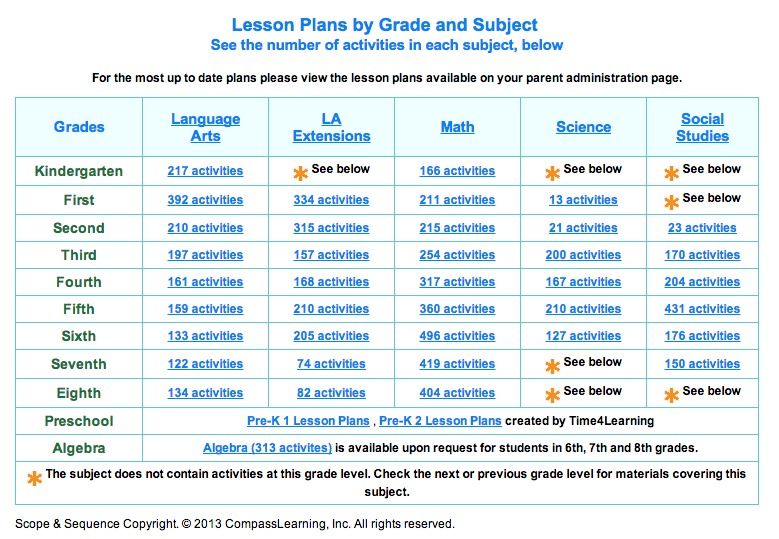
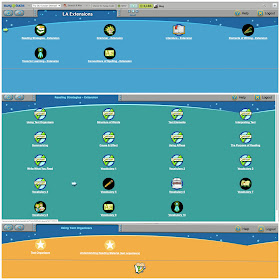
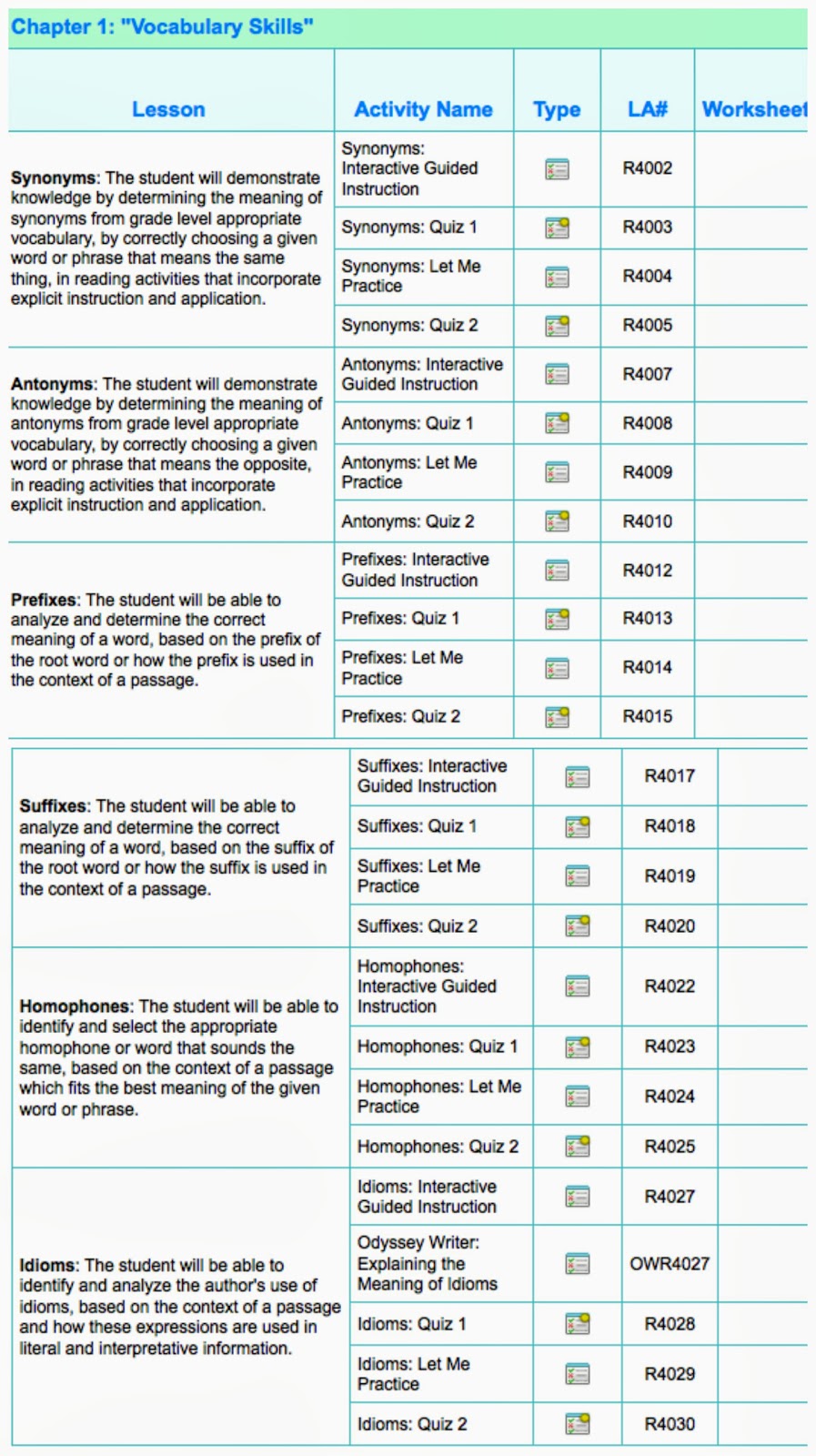

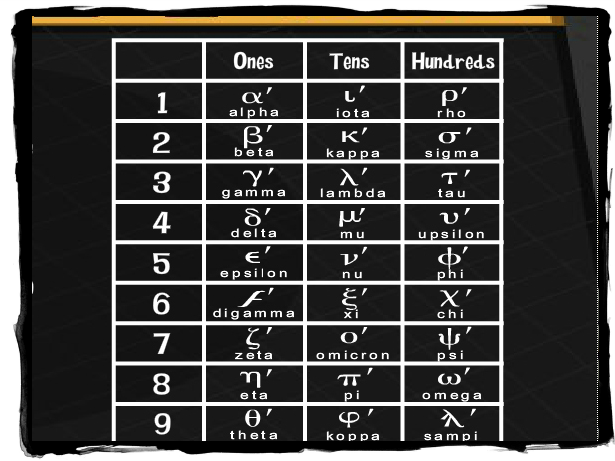



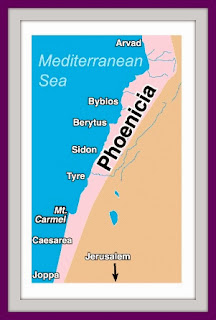






No comments:
Post a Comment